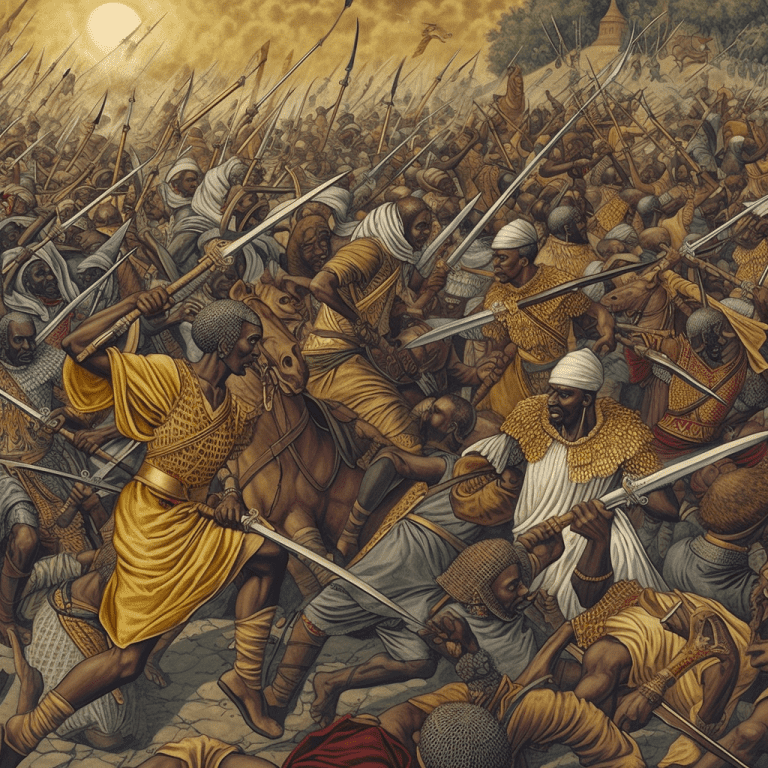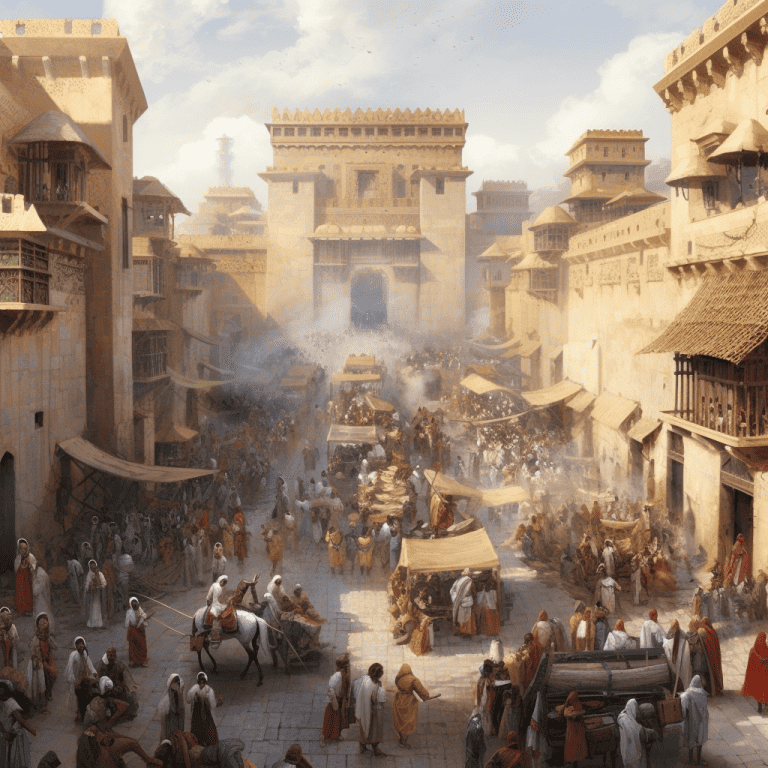The Tswana people, a Southern African Bantu ethnic group, boast a dynamic history marked by migration, trade, and influential kingdoms like Tlokwa and Rolong.
Origins of the Tswana People
The Tswana people settled in the Western Transvaal in the 16th century. The states of the Tswana people grew when the Hurutshe and Kwena migrants founded the Ngwaketse chiefdom in 1700. Most Sotho people such as the Tswana people were skilled craftsmen as they were experts in ivory and wood carving, leatherworking and metalworking. They were also herders of cattle, sheep and goats as well as cultivating grains and tobacco.
It all started between 1300 and 1500 because the first pottery associated with the Sotho was discovered in South Africa and was dated to be from that period. Historians believed the origin of the Sotho-Tswana speakers started in Tanzania due to linguistic and anthropological data.
Sotho groups expanded in 1500, separating into three clusters:
- North Sotho (The Pedi)
- West Sotho (The Tswana)
- South Sotho (Basuto and Sotho)
Despite their separations, they still shared the same beliefs, social structures and dialects. The differences between the clusters were a result of the Difiqane period of the 19th century.
The Economy of The Tswana People
Iron age flourished in Botswana with the Toutswemogala Hill being one of the most notable iron age settlements. Iron tools and gold goods were discovered in this area which suggests that they mined gold and iron to make their life easier as they could use these materials to make tools. The Toutswe also had a pastoral and agricultural land tenure system which was based on millet and sorghum as well as domesticated livestock. There were also large structures containing animal faeces which is evidence of animal enclosures which leads to the idea that Toutswemogala Hill was the centre of animal husbandry in that region. Grain storage structures were discovered in this area which suggests that agriculture was key to the Toutswe settlement. The Toutswe also relied on the Tswana cattle breed that was in Kraals because this was their source of wealth.
The huge cattle-raising system flourished until 1300 AD. All these different groups of people were connected through trade routes that went from the Limpopo River to the Indian Ocean. Trading of goods from Asia, such as beads arrived in Botswana by exchanging gold, ivory and rhinoceros horn.
Kaditshwene was one of the famous capitals of the time which belonged to the Bahurutshe people which was one of the Tswana tribes. This capital was the centre of trading and manufacturing which dates back to the late 1400s on copper ore and iron deposits. This settlement also had a metalworking industry.
Language, Culture & Arts of the Tswana People
The Tswana people wear a cotton fabric known as Shweshwe in Sotho and Leteishi in Setswana. This is used in traditional celebrations such as weddings. Mothers wear Mogagolwane which is a checkered, blanket in baby showers and married women wear this in traditional weddings so they can be identified.
Music by the Tswana is largely vocal and the use of drums is dependent on the occasion but they make a lot of use of string instruments. The instruments they use consist of: A miniature piano known as the Setinkane, their version of a Chinese instrument they call Erhu, the Moropa which are drums and whistles they use mainly in celebrations which they call the Phala.
The Tswana are known for their crafting skills, especially baskets made from local dyes and Mokola palm. They craft three types of baskets: small baskets for winnowing pounded grain, open and large baskets to carry objects on the head or for winnowing threshed grain and riddled, large baskets for storage. Potters made pots out of clay to store beer, water and cooking. They also crafted items from wood such as cooking utensils as well as wooden drums and chairs.
Difiqane
Known as the Difiqane, the Tswana people experienced a period of political disruption, warfare and migration during the 19th century. This period led to the Tswana people experiencing chaos, suffering, impoverishment and displacement. Despite the hardships, the western Tswana people prospered and grew stronger to the point that they could take on refugees and livestock.
The Tswana people grew to develop a few tribes/clans such as:
Between 1840 – 1850, the Batawana, Bakwena, Bangwaketse and Bangwato tribes of the Tswana people joined forces to control the very profitable ivory trade. They used their profits to import guns and horses, enabling them to control what is now Botswana.
Afrikaners who travelled from Cape Colony settled in the Transvaal which was on the border of what is now Botswana. In 1852, Tswana chiefdoms, led by Sechele the first, fought the Afrikaners which became known as the Battle of Dimawe. The battle was fought with long-range rifles, muskets and artillery. The Afrikaners lost the battle and had to retreat, and the Tswana people attacked Boer villages, farms and settlements, leaving them in flames.
After eight years of conflict, a peace agreement was formed in 1860. From there, the border between Botswana and South Africa was created. The Afrikaners and the Tswana people, also known as the Batswana worked and traded peacefully.
Sources
Encyclopedia Britannica. “Tswana | people.” Accessed February August 1, 2022. https://www.britannica.com/topic/Tswana.
Tswana people. Wikipedia. https://en.wikipedia.org/wiki/Tswana_people (accessed August 12, 2022).
Omondi, Susan. “The Tswana People and Their Way of Life.” World Atlas. Updated October 12, 2021. Accessed August 15, 2022. https://www.worldatlas.com/articles/the-tswana-people-and-their-way-of-life.html.
“The Tswana.” South African History Online. Accessed August 21, 2022. https://www.sahistory.org.za/article/tswana.




